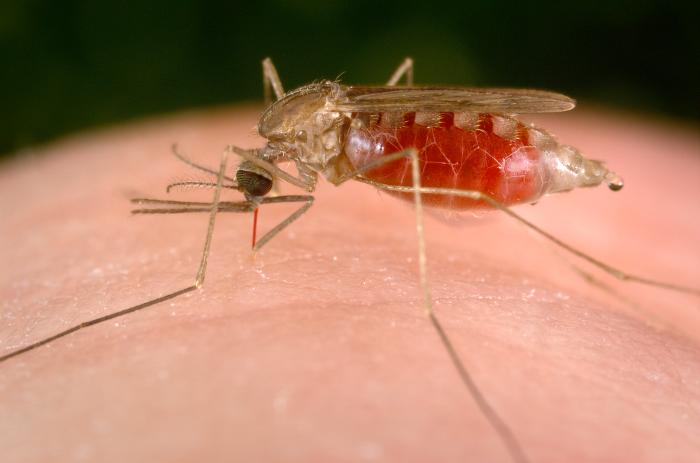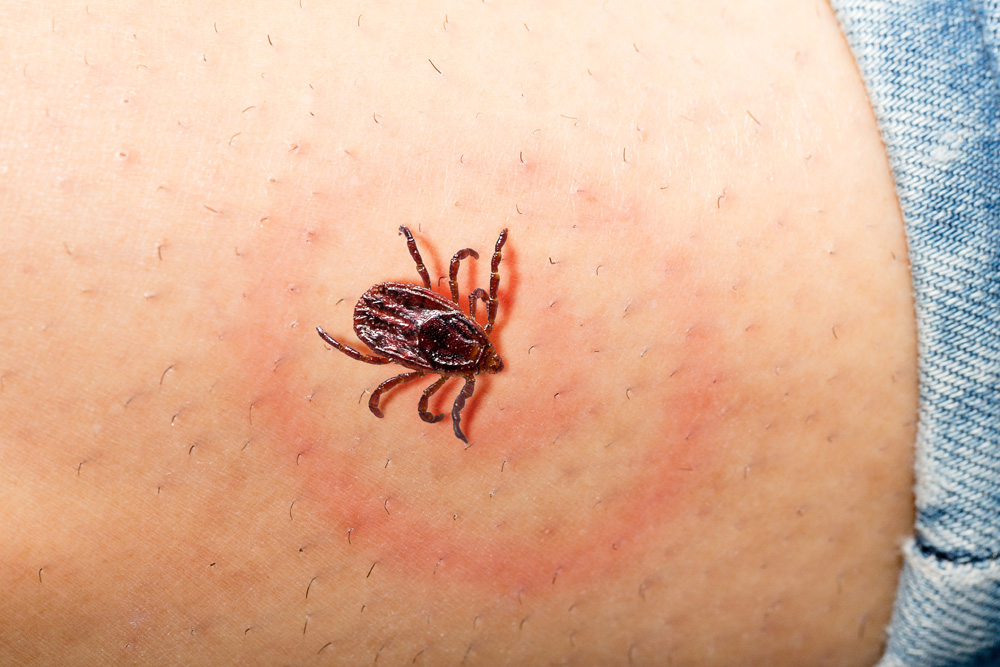
Malaria
Artemisia annua L. is the sole natural source for the anti-malarial drug Artemisinin. Professor YouYou Tu was awarded the 2015 Nobel Prize in Medicine for her contribution to the discovery of artemisinin, that has saved millions of lives.
Artemisinin derivatives and combined artemisinin therapy (ACT) may have advantages over quinoline drugs for treating severe malaria since they are fast acting and effective against quinine resistant malaria parasites. Artemisia annua and Artemisia afra show efficacy against drug-resistant malaria parasites.
According to the World Health Organization (WHO), more than 212 million people contracted malaria in 2015 and some 429,000 died, with young children and pregnant women being particularly vulnerable. Caused by a mosquito-borne parasite, the illness is reported in nearly 100 countries and threatens nearly half of the world’s population. ACT, the current recommended therapy, is expensive to produce and is in short supply in areas hit hardest by the disease. In addition, while the combination therapy is designed to be less prone to the drug resistance that has rendered previous antimalarial agents ineffective, increasingly the malaria parasite is showing signs of resistance to ACT, particularly in Southeast Asia.
Prof. Pamela Weathers’ research at Worcester Polytechnic Institute (WPI) focused upon use of Artemisia annua DLA (whole dried leaf) as an alternative to conventional antimalarial drugs. Noting that Artemisia annua, which is classified as a generally regarded as safe (GRAS) herb, has been consumed by humans and used as an herbal therapy for thousands of years, often in the form of a tea, she became intrigued by the potential for using the dried plant, rather than just a chemical extract, as a malaria treatment. A study she published in Photochemistry Reviews in 2011 was the first to demonstrate that dried leaves of the Artemisia annua plant delivers 40 times more artemisinin to the blood than does the drug based on the chemical extract of the plant. Further trials demonstrated that patients with ‘drug-resistant malaria’ were cured with Artemisia annua DLA therapy.
Published Study Summaries
Dried whole- plant Artemisia annua slows evolution of malaria
https://pubmed.ncbi.nlm.nih.gov/25561559/
Artemisia vs Malaria and Cancer
https://www.ars.usda.gov/ARSUserFiles/34667/ferreira-artemisiavsmalariaandcancer.pdf
Could the Artemisia plant be the cure for Malaria?
https://observers.france24.com/en/20171020-artemisia-plant-malaria-treatment-africa
Tu Youyou, discoverer of artemisinin for resistant malaria
https://hekint.org/2020/06/15/tu-youyou-discoverer-of-artemisinin-for-resistant-malaria/
Atelier Temenos is not the author of this material. It is an independent source. Please read and use the information as needed.


